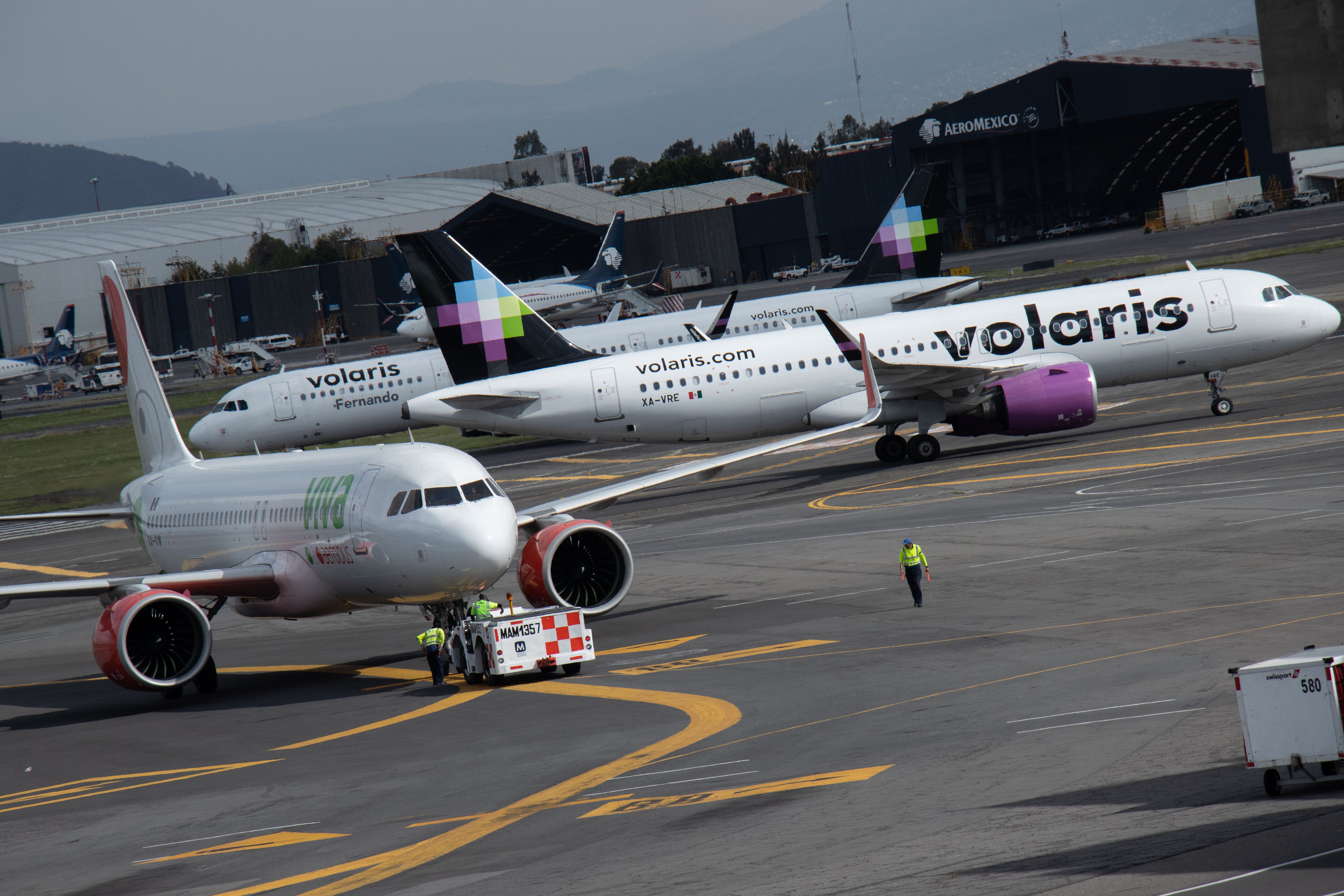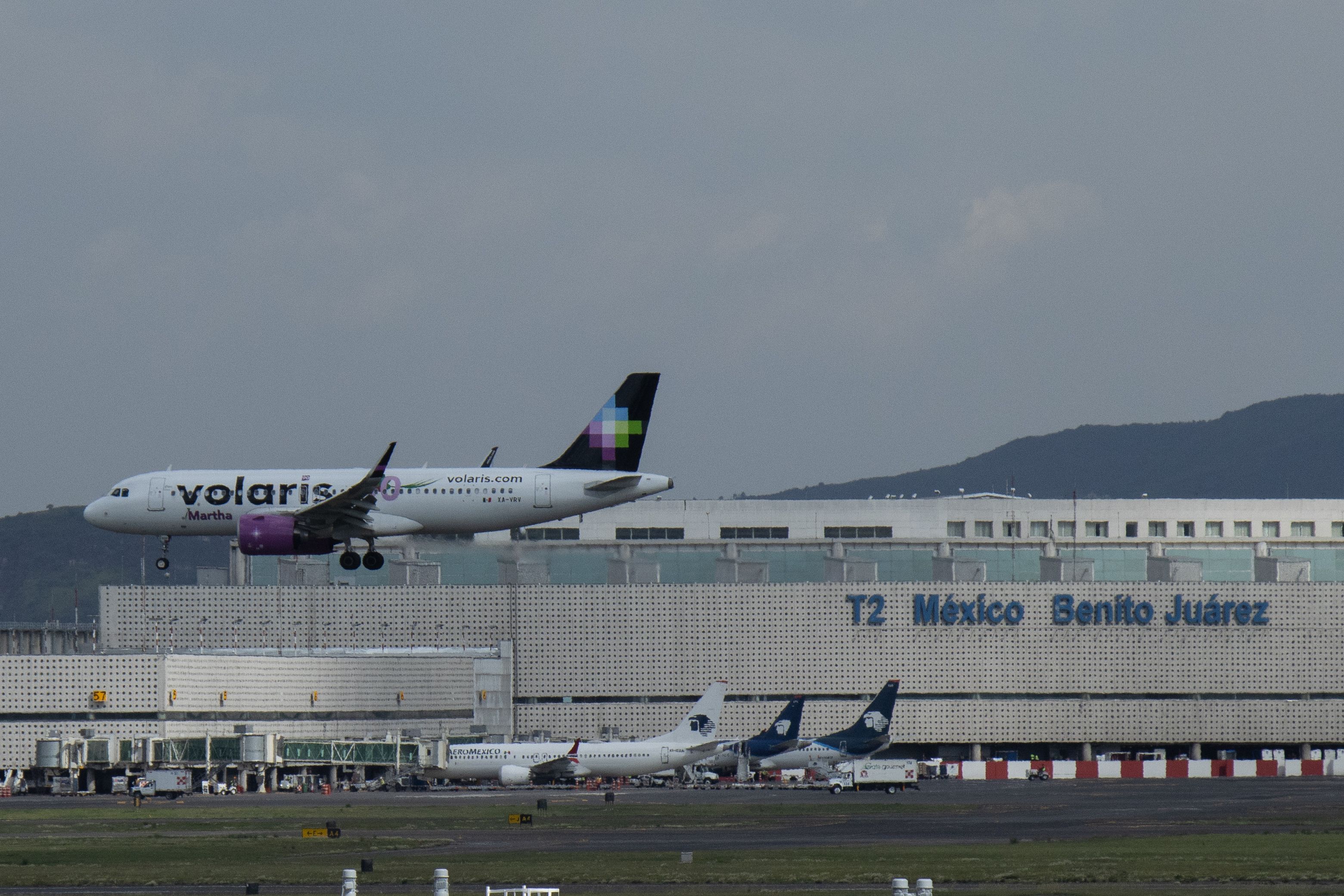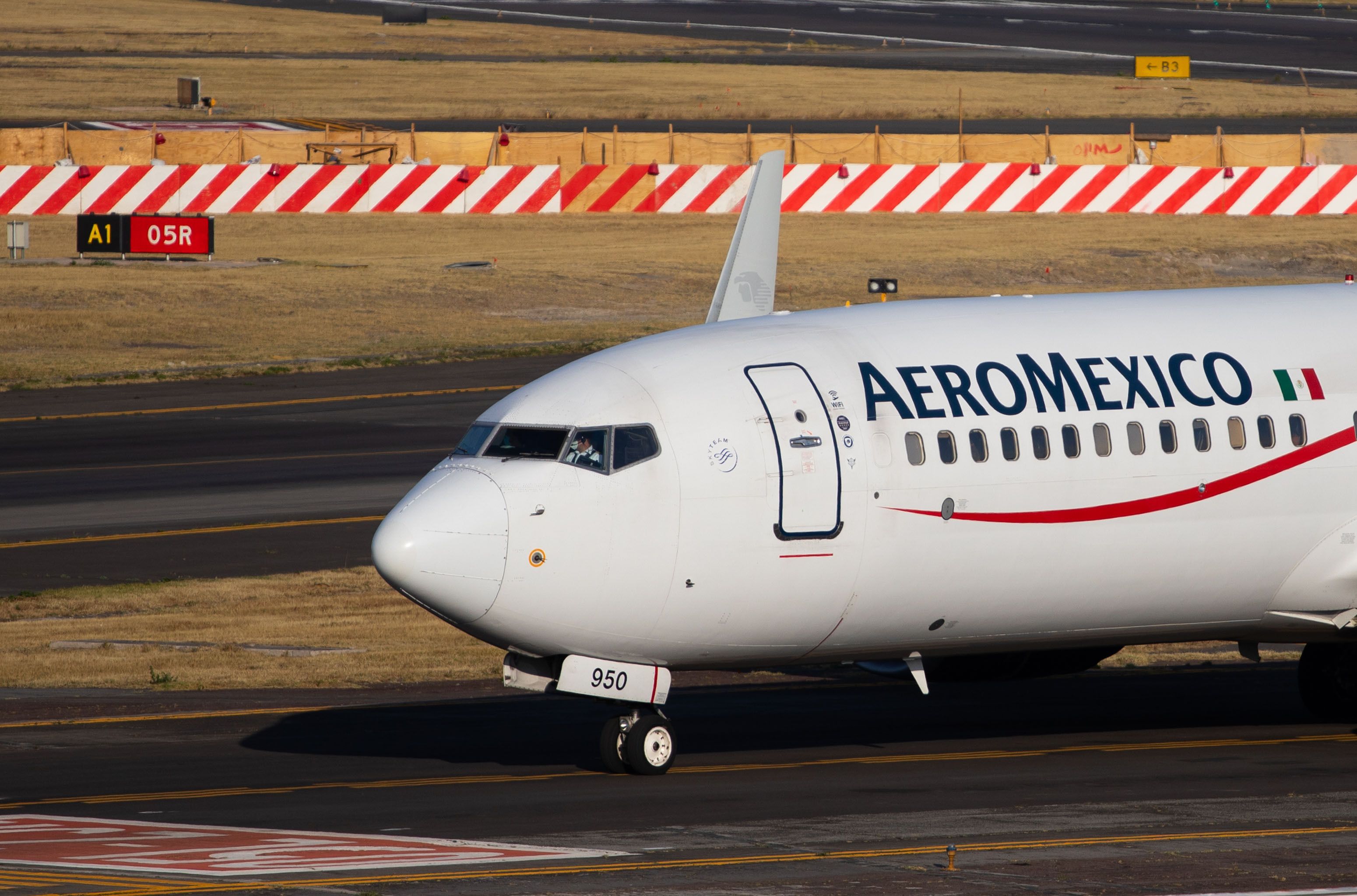Mexico regaining its Category 1 status with the Federal Aviation Administration (FAA) will not happen in 2022, following a recent meeting between US and Mexican officials. They agreed for the FAA to deliver its conclusions on the action plan in January 2023 and then define a date to hold a new final audit.
Category 1: not going to happen this year
The FAA downgraded Mexico to Category 2 status on May 2021, profoundly impacting the ability to grow for Mexican commercial airlines such as Aeromexico, Aeromar, Viva Aerobus, and Volaris. The Mexican government has been working to address the issues found by the FAA’s International Aviation Safety Assessment (IASA) audit and recently sent an array of officials to the US to meet with members of the FAA.
Get the latest aviation news straight to your inbox: Sign up for our newsletters today.
On Friday evening, the Mexican government released a statement detailing the meeting between the two parties. Mexico’s Infrastructure, Communications, and Transports Secretariat (SICT in Spanish) said that recovering Category 1 is a priority, as it looks to “guarantee the air safety of 30 million passengers.”
Both parties agreed that the SICT and the FAA will conclude the Corrective Action Plan for Mexican civil aviation no later than December. Following that, the head of the FAA and his team will travel to Mexico in January 2023 to present the conclusions of the corrective action plan and define the final audit date to recover Category 1 before the summer of that year.
How will this impact the Mexican aviation industry?
The Mexican aviation industry has been downgraded to Category 2 status since May 2021 and could remain like that until well beyond the two-year mark. Mexico is currently one of the 12 countries downgraded to Category 2 by the FAA. The others are Bangladesh, the Organization of Eastern Caribbean (Antigua and Barbuda, Dominica, Grenada, Saint Kitts and Nevis, Saint Lucia, and Saint Vincent and the Grenadines, plus several British and French overseas departments), Pakistan, Russia, Thailand, and Venezuela.
While in Category 2 status, the Mexican air carriers are effectively frozen. They can only operate the number of services –and use the planes– they had when the country lost its previous status. Meanwhile, US carriers can keep on adding new routes to Mexico. This has led to an even bigger disparity in the market share between airlines from both countries. As of September 2022, US carriers held 71.8% of the market share.
In September, a local think tank reported that local carriers had lost around 9.2 billion pesos (US$460 million) in sales and carried 2.3 million fewer passengers due to the downgrade. This number will only get bigger as Mexico delays its recertification.
Why is Mexico in Category 2?
Between October 2020 and February 2021, the FAA held its IASA audit. During this audit, the FAA found out that Mexico does not meet International Civil Aviation Organization (ICAO) safety standards. The FAA added,
“A Category 2 rating means that the country’s laws or regulations lack the necessary requirements to oversee the country’s air carriers in accordance with minimum international safety standards, or the civil aviation authority is lacking in one or more areas such as technical expertise, trained personnel, record keeping, inspection procedures, or the resolution of safety concerns.”
What do you think about Mexico’s Category 1 recertification delaying until 2023? Let us know in the comments below.



